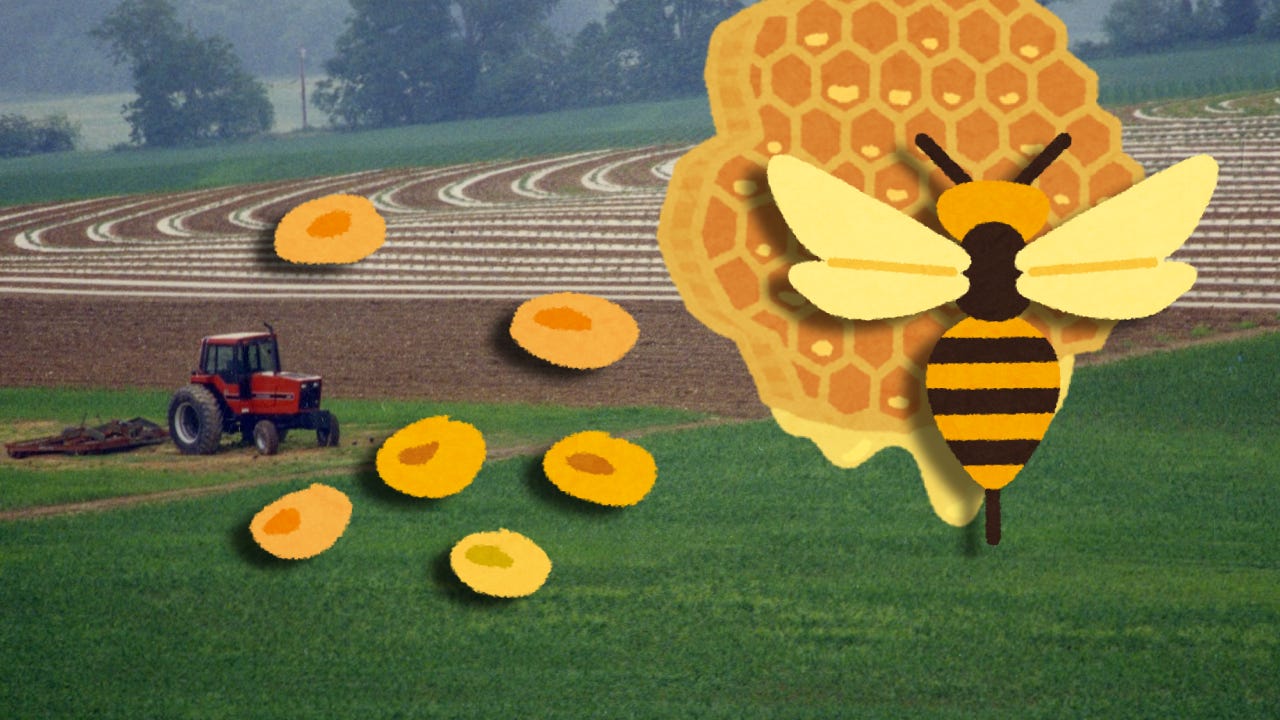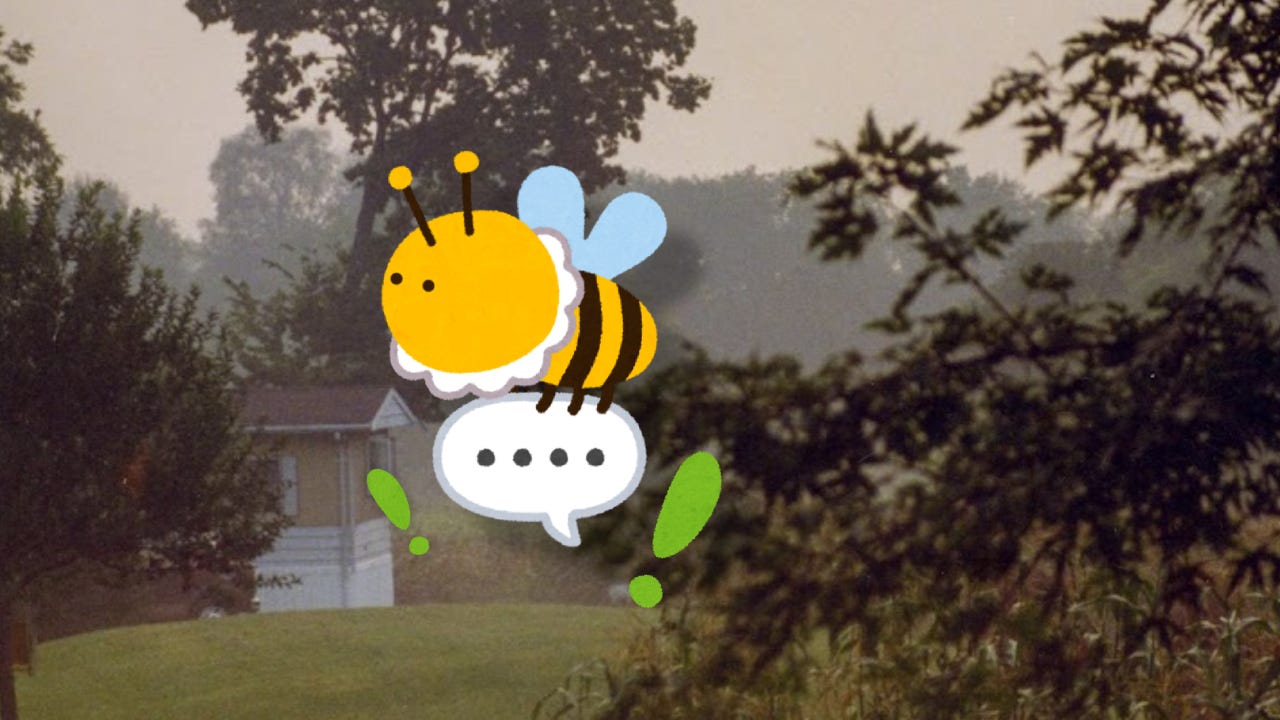Scent of Sickness: Leveraging Honeybee Communication Chemicals to Track Insect Diseases
Exploring the Role of Volatile Organic Compounds (VOCs) in Detecting and Tracking Health Issues in Insect Populations
Each insect carries a unique chemical signature in the air around it, revealing vital information about its health. These bio-signatures, which include pheromones used for communication and byproducts of metabolism and cellular breakdown, can serve as crucial indicators of an insect’s condition. Recent research funded by the Natural Environment Research Council has uncovered that these chemical 'clouds' surrounding bee colonies, through similar tools that monitored for SARS CoV-2 in humans, can be instrumental in tracking disease spread within hives. This innovative approach promises new insights into insect health and disease monitoring.
Current methods for tracking insect disease spread range from invasive to non-invasive techniques. Traditional approaches involve sampling eggs, larvae, and fecal material to monitor for diseases, but these methods often fall short in providing early detection of emerging diseases before they reach significant levels, while commonly disturbing the sampled populations. While these techniques can identify diseases once they are present, they may not offer the timely warnings needed to prevent widespread outbreaks. Other non-invasive factors in bees such as temperature, weight, humidity, and sound have been monitors as diseases can disrupt standard behavior, however these properties can additionally be affected my numerous other stress-related conditions and natural shifts. Consequently, there is a pressing need for more innovative, early-warning systems that can detect insect diseases at the onset and potentially mitigate their impact before they become prevalent.
Common viruses affecting honeybee populations release volatile organic compounds (VOCs); carbon-based chemicals that evaporate easily and have low solubility in water. These VOCs can be detected by sensors attached to hives, providing early warnings of localized outbreaks. Additionally, when VOCs are less prominently released, cuticular hydrocarbons (CHCs) in ant colonies have been observed to change during infections. CHCs, which ants use to recognize each other within colonies, present a more challenging observation. However, their alteration could potentially reveal disease spread by influencing VOC emissions in previously unstudied areas.
Interestingly, while some signals remain unidentified, honeybees have demonstrated the ability to detect pathogens in high-traffic areas, such as wildflowers. This ability hints at possible innovations in future VOC tracking technology, offering new avenues for improving disease monitoring and control.
The significance of enhancing disease detection extends beyond honeybees to the broader spectrum of insect populations. Insects play pivotal roles in ecosystems, agriculture, and human health, making their health and disease management critical. Effective early detection systems could revolutionize our ability to manage and mitigate the impact of insect-borne diseases, safeguarding pollination services, agricultural productivity, and biodiversity.
Current Event Questions for Educators
How does the research propose using VOCs to observe insect disease outbreaks, and what parallels can be drawn with similar technologies used in human disease monitoring?
What are the limitations of traditional invasive and non-invasive methods for tracking insect disease spread, and how do these limitations impact the early detection of emerging diseases?
Do you think the development of early-warning systems using VOCs for insect health monitoring could have technological impact in other fields? Explain why or why not.
Further Research: Investigate current methods and propose additional innovative approaches for integrating VOC and CHC tracking technologies into a comprehensive disease monitoring system for insects.
Journal References
Asiri, Ayman, Sarah E. Perkins, and Carsten T. Müller. "The smell of infection: Disease surveillance in insects using volatile organic compounds." Agricultural and Forest Entomology (2024).
Image Credits
All cartoon graphics are within the terms of use by Irasutoya. All photographs depicted are within the copyright of Kai Medina, 2024



